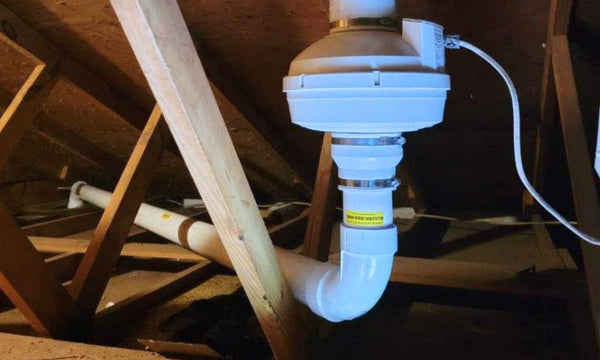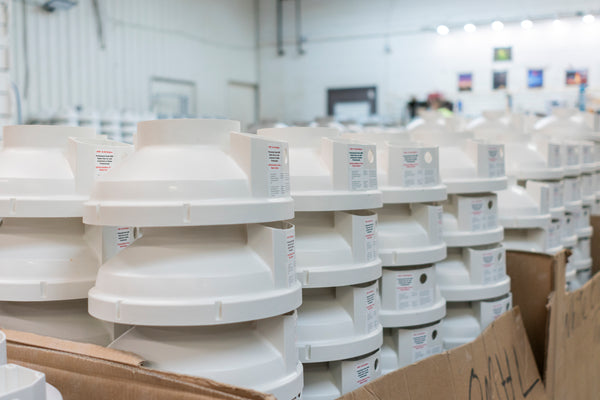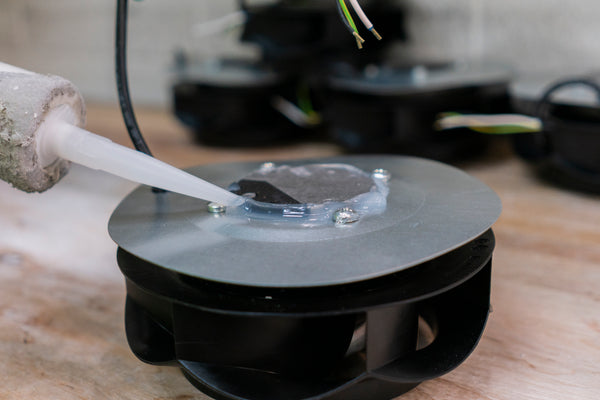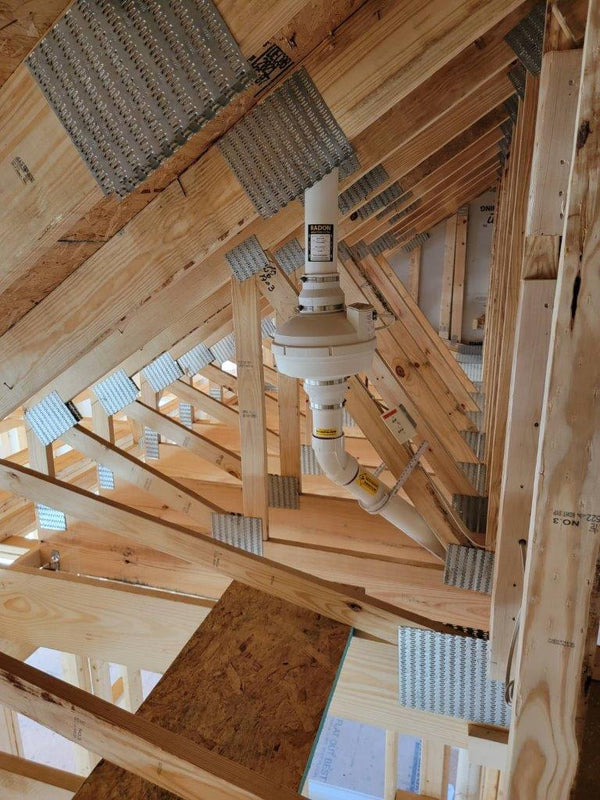
How Often You Should Test Your Home’s Radon Levels
General Rule: Every Two Years
To ensure that your home’s radon levels stay below 4.0 pCi/L, the EPA recommends that you perform a radon test every two years. If those tests consistently find very low radon levels that may not require immediate mitigation, stick to this schedule.
After Renovations
Renovating or remodeling your home kicks up a lot of dust and can release excess radon into your home. This applies even more so if you’re making repairs to your foundation or major structural changes to the home, especially the basement. Once your renovation is complete, test your home for radon with a DIY kit or by calling a professional radon tester.
Pro Tip:
Does your newly finished basement have high radon levels? Consider adding preventive measures like crawlspace encapsulation tape to keep radon from creeping in.
Seasonal Changes
Environmental radon levels vary as the seasons change, and the condition of the soil around your home can affect the release of radon indoors. If you tested your home in the summer and received very low results, re-test in the winter for more nuanced answers. Because windows and doors are often kept shut during the winter, radon can build up indoors with that limited airflow.
Testing the Efficacy of a Mitigation System
Have you recently installed an active radon mitigation system in your home? If you know your home has slightly elevated radon levels, active mitigation is a reliable barrier to the gas’s entry. Once your mitigation system is up and running, mark your calendar to re-test for radon once a year.
How often should you test your home’s radon levels? The answer depends on a variety of factors, like your home’s overall condition and any existing radon problems. If your biennial tests show very low levels, keep testing every other year. However, if your radon levels require active mitigation, be sure to test once a year.





